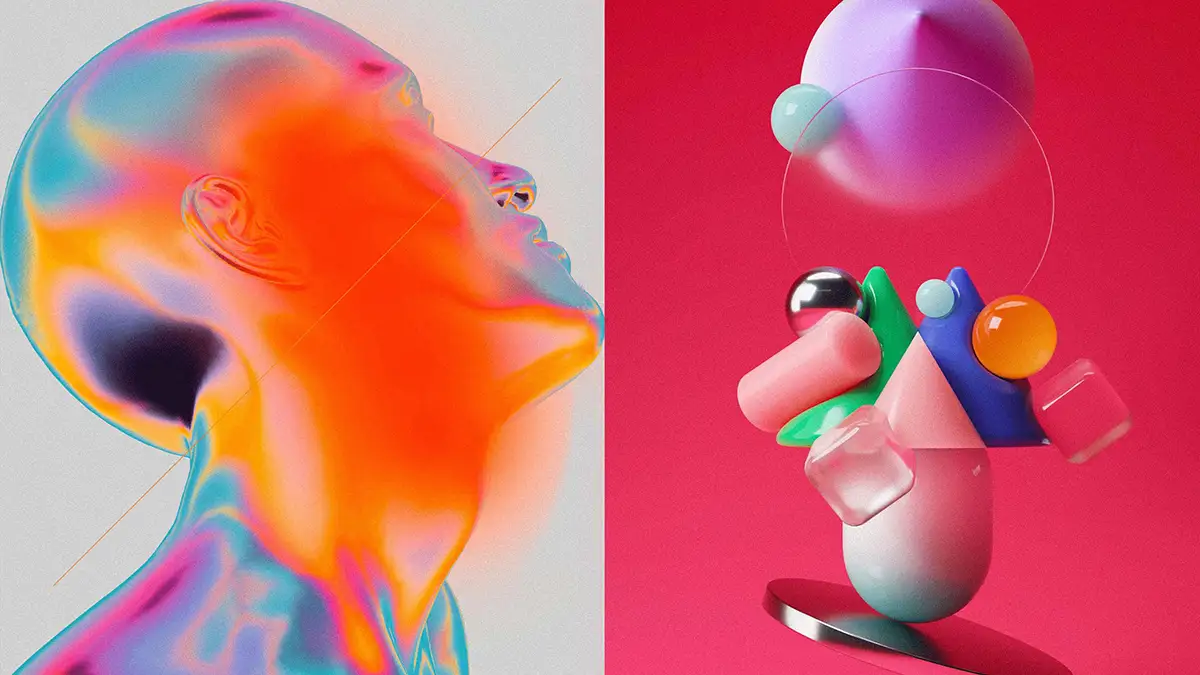
Pharma UX & Product Design Trends: 2025 Industry Insights
Introduction
As digital transformation accelerates in healthcare, pharmaceutical brands face rising expectations for streamlined, patient-centric, and tech-forward experiences. In 2025, pharma UX and product design are no longer about regulatory compliance alone—they're about differentiation, engagement, and delivering value across digital touchpoints. This article explores five key trends shaping pharma web design, UX, and product innovation. These trends reveal how pharma companies can modernize, scale impact, and meet evolving stakeholder needs.
Market Context: Disruption & Opportunity
The pharmaceutical industry is undergoing a digital reckoning. Outdated interfaces, siloed data, and generic patient journeys are being replaced by personalized, intuitive, and mobile-first solutions. Patients, physicians, and payers alike now expect the same ease of use and design fluency they find in consumer apps. Pharma web design and pharma mobile apps are shifting from static portals to intelligent experience platforms.
This change is driven by regulatory modernization, digital therapeutics, and the rise of telehealth. At the same time, enterprise pharma players are grappling with legacy infrastructure and fragmented design systems. Stakeholders seek scalable solutions that marry compliance with creativity—and they demand better ROI on digital initiatives.
The upside? Brands that invest in pharma product design and UX now stand to improve engagement, drive adherence, and future-proof their operations. UI pharmaceuticals innovation is becoming a strategic lever for growth.
Top 5 Trends to Watch in Pharma UX & Product Design
- Personalized Patient Journeys
- Mobile-First Pharma Web Design
- Platform Unification & API-Driven Experiences
- AI-Enhanced Interfaces & Predictive UX
- Accessibility & Inclusive Design Standards
Trend Breakdown: Context & Competitive Insight

Personalized Patient Journeys
Pharmaceutical website design is evolving to deliver more individualized experiences based on patient profiles, disease state, and behavior. This trend is driven by the need for improved adherence, patient education, and outcomes tracking. Pharma UX design agencies are focusing on modular content systems and real-time personalization engines. Brands that prioritize personalized flows can foster greater trust and retention among users, from onboarding to support.
Mobile-First Pharma Web Design
Pharma mobile apps and web platforms are being redesigned with a mobile-first philosophy, recognizing that both HCPs and patients interact on-the-go. Mobile responsiveness, offline capabilities, and biometric login are becoming standard. This shift empowers brands to create seamless, secure, and intuitive mobile experiences—and pushes pharma web design into a new era of user expectation.
Platform Unification & API-Driven Experiences
Many pharmaceutical web design companies are helping brands break down digital silos by consolidating platforms and standardizing design systems. Unified design architecture, integrated data layers, and API-first development create consistent, scalable experiences. This enhances collaboration across global teams and reduces time-to-market. Pharma product design now includes strategic infrastructure planning, not just visual aesthetics.
AI-Enhanced Interfaces & Predictive UX
AI and machine learning are now embedded in pharma UX strategies. From chatbots to symptom checkers, AI is enabling real-time personalization and predictive interaction design. Pharmaceutical UI design agencies are integrating algorithms that adapt content or interfaces based on user behavior, thereby improving satisfaction and reducing friction. The result? Interfaces that feel responsive, intelligent, and tailored.
Accessibility & Inclusive Design Standards
Committing to accessibility isn't just ethical—it's strategic. Pharma UX design agencies are implementing WCAG-compliant features, multilingual support, and adaptive content strategies. Pharmaceutical design build teams are focusing on designing for aging populations and neurodiverse users. This not only broadens reach but also reduces legal risk and ensures consistent brand reputation across global markets.
Let’s kickstart the conversation and design stuff people will love.

What Leading Brands Are Doing
Leading companies are already adapting to these trends by transforming how they engage, build, and innovate. Pfizer has invested heavily in mobile-first platforms that integrate education and real-time support, resulting in improved patient adherence and HCP engagement. Meanwhile, Novartis has unified their global digital ecosystem, optimizing their UX workflows to reduce redundancies and drive localization.
At G&Co., we’ve worked alongside clients to implement similar shifts—whether through digital strategy, customer journey redesign, or platform modernization. Our expertise enables brands to translate trend awareness into tangible market advantage.
Risks, Blind Spots & What to Avoid

Risk 1: Overlooking Mobile Performance
Why it matters: Many brands still prioritize desktop-first experiences, leaving mobile users underserved.
Blind spot: Assuming HCPs and patients use only desktop portals for serious health needs.
Risk 2: Fragmented Platform Strategy
Why it matters: Disconnected systems create inconsistent UX, data redundancies, and higher maintenance costs.
Blind spot: Believing that digital transformation only requires visual redesign, not backend integration.
Risk 3: Ignoring Accessibility Compliance
Why it matters: Non-compliance with accessibility standards can alienate users and create legal risk.
Blind spot: Treating accessibility as a "nice-to-have" instead of a foundational requirement.
The Role of Pharma UX Design Firms
Pharma UX design agencies and pharmaceutical UI design agencies play a critical role in helping enterprise pharma companies navigate digital transformation. These partners bring deep expertise in pharma web design, mobile app development, and pharmaceutical design build strategy. By understanding both user psychology and regulatory nuance, they help teams execute compliant yet compelling interfaces.
These firms streamline content workflows, unify design systems, and deliver experiences tailored to both patients and HCPs. Their value lies in aligning UX best practices with business goals—reducing churn, increasing adoption, and enhancing brand credibility. Choosing the right partner ensures smoother implementation, faster go-to-market, and futureproof scalability. Ongoing support also empowers internal teams to evolve and optimize post-launch.
Conclusion & Strategic Outlook
These five trends are not passing fads—they reflect a deeper shift in how pharma operates and what patients and providers expect. Understanding the forces behind them is key to staying relevant, responsive, and differentiated. Brands that internalize these shifts will be better equipped to navigate complexity and build long-term advantage.
At G&Co., we bring the strategic clarity and executional power needed to translate trend awareness into business impact. Let’s explore what’s next—together.






%20(1).png)






